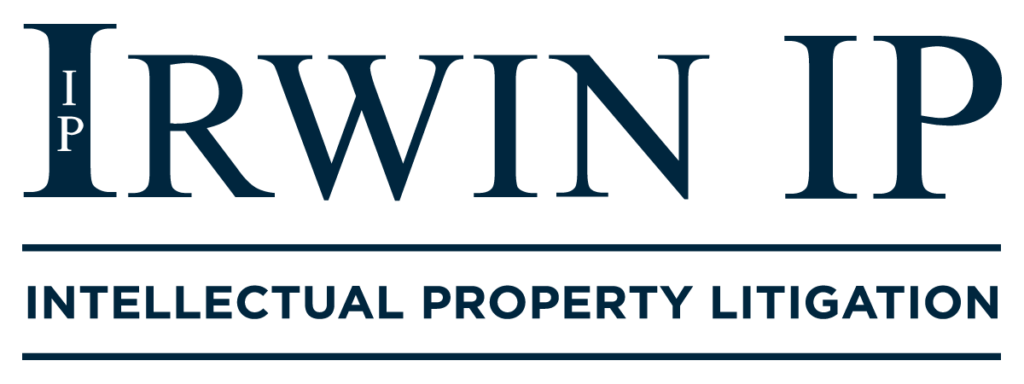In Airbus S.A.S. v. Firepass Corp., the Federal Circuit reversed the Patent Trial and Appeal Board’s finding that had held a patent directed to an athletic training and therapeutic chamber (used to simulate training at high altitude) was not analogous art against claims directed towards fire suppression methods. Case No. 2019–1803 (Fed. Cir. Nov. 8, 2019). This decision aligns the criteria for determining whether art is analogous with the assessment of the knowledge of a person of ordinary skill in the art prescribed by KSR Int’l v. Teleflex Inc. and its progeny.
The core dispute in Airbus v. Firepass was whether a prior art patent (“Kotliar”) directed to a chamber for simulating high altitude training by reducing oxygen content, was analogous art to claims directed to preventing or suppressing fires in enclosed and human-occupied spaces (such as the cabin of an aircraft) via oxygen deprivation. During the inter partes reexam proceeding from which the Airbus appeal arose, the examiner rejected the challenged claims as obvious in view of Kotliar in further view of various secondary references directed towards oxygen deprivation-based fire suppression methods. Appealing the rejection to the Board, Firepass asserted that Kotliar, which was invented by the same inventor as the challenged claims, was not analogous art. The Board agreed, finding that there was no articulated rational link between Kotliar, which was directed towards “human therapy, wellness, and physical training” and the problem confronting the inventor (i.e. “fire suppression/prevention”). The Board refused to consider Airbus’ argument to the contrary—that various background references showed that reducing oxygen concentration within breathable limits was a known method for fire suppression—because the examiner did not specifically use those references to support the rejection.
The Federal Circuit has long required that only references “analogous to the claimed invention” be considered as prior art for purposes of obviousness. This restriction prevents hindsight from clouding an obviousness determination. Two separate tests govern whether a reference constitutes analogous art: (1) whether the art is from the same field of endeavor, regardless of the problem addressed and, (2) if not, whether the reference still is reasonably pertinent to the particular problem with which the inventor is involved. The latter test asks whether a person of skill in the art would have reasonably looked to a reference in attempting to solve the problem at hand. The Federal Circuit in Airbus held that the Board correctly concluded that Kotliar and the challenged claims were not from the same field of endeavor, but erred by failing to consider Airbus’ evidence that Kotliar was nonetheless reasonably pertinent art. On appeal, the Board contended that precedent requiring consideration of such background references, such as Randall Mfg. v. Rea, 733 F.3d 1355 (Fed. Cir. 2013), was directed only towards determining whether there was a motivation to combine references (per KSR Int’l Co. v. Teleflex Inc., 550 U.S. 398 (2007)). The Court disagreed, and held that the background knowledge possessed by a person of ordinary skill in the art was equally relevant to assessing whether art is analogous as it was to assessing motivation.
